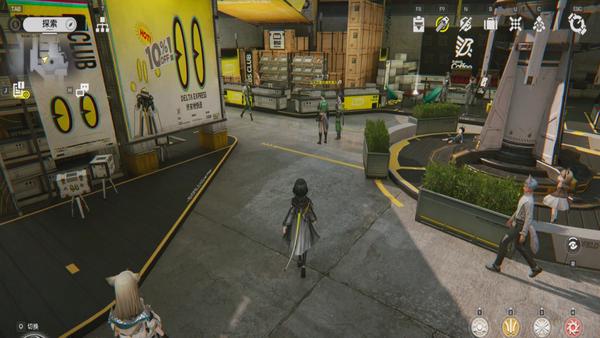Evolution of Star Rail: Penacony Beta Test Analysis
A comprehensive analysis of key improvements in Honkai: Star Rail’s second beta test of Penacony, focusing on enhanced visuals, combat mechanics, and architectural design changes that set it apart from the first beta.

The second beta test of Honkai: Star Rail’s Penacony update showcases significant improvements across multiple aspects of the game. The most striking changes are evident in three key areas: environmental design, combat systems, and base-building mechanics.
The environmental design has been dramatically enhanced, particularly in Penacony’s urban areas. The industrial zones now feature warmer color schemes and more lived-in atmospheres, with carefully placed advertisements and greenery creating a more vibrant setting. The Chinese-influenced architecture in the new Jingliu area demonstrates a unique approach to cultural design, blending traditional elements with futuristic aesthetics in a way that feels authentic rather than stereotypical.
The combat system has received substantial upgrades, introducing new team-based mechanics. The addition of QTE (Quick Time Events) and team synergy features allows for more dynamic battlefield interactions. Characters now display expressive emotions during combat and respond to each other’s actions, creating a more engaging cooperative experience. The defensive tower system adds a strategic layer to combat, letting players construct defensive structures during battles.
The base-building mechanics have been refined with an improved top-down view for better construction management. This enhancement makes it easier for players to plan and organize their facilities. The addition of water management systems and agricultural features expands the gameplay possibilities, particularly in resource-rich areas.
Character models have also seen improvements in detail and animation quality. The facial expressions are more nuanced, and costume textures show greater detail. These visual enhancements contribute to more convincing character interactions and storytelling moments.
The game stands out in the market by successfully combining factory-building mechanics with team-based RPG combat, creating a unique hybrid experience. The attention to architectural detail and environmental storytelling demonstrates a commitment to creating immersive spaces that serve both aesthetic and functional purposes.